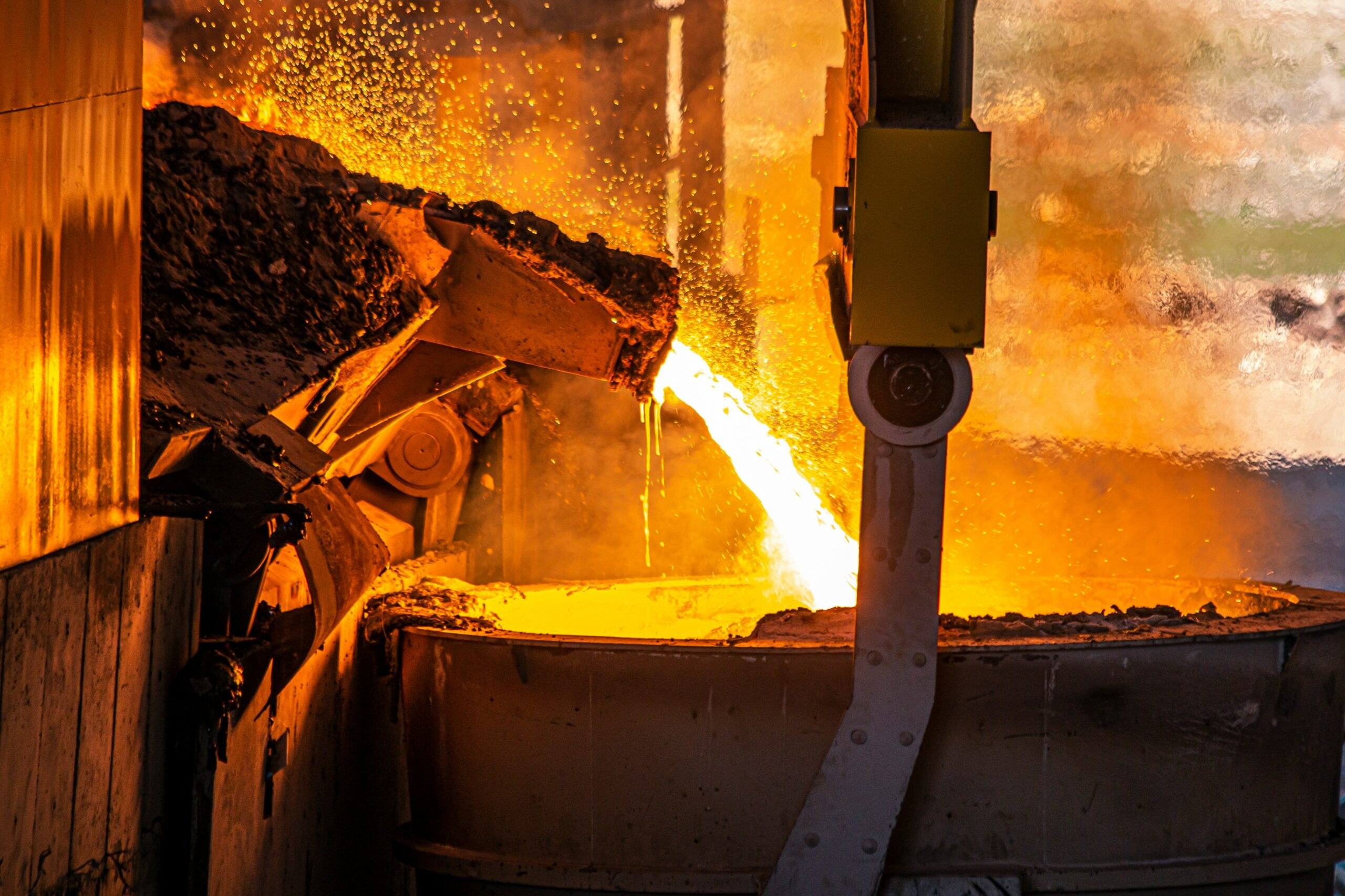India–US Trade Tensions Rise Over Steel and Auto Tariffs NMDC Limited reports a 38% drop in Q4 FY24 consolidated net profit RINL to Raise $23 Million Through Land Sales Amid Crisis

Carbon capture, utilisation, and storage (CCUS) is unlikely to play a significant part in decarbonising the global steel sector due to poor capture rates, high prices, and a track record of underperformance, according to a think tank report.
The global steel industry causes approximately 8% of the world's carbon dioxide (CO2) emissions. While many major steelmakers and iron ore miners around the world include CCUS as part of their long-term green transition, according to analysts at the Institute for Energy Economics and Financial Analysis (IEEFA), there has been almost no progress on commercial-scale CCUS for blast furnace decarbonisation.
Also, CCUS for blast furnace-brd steelmaking is already being left behind by alternative technology, and the shift from blast furnaces to direct reduced iron (DRI)-brd steelmaking that can run on green hydrogen is accelerating, it added. "CCUS for steel has made little or no commercial progress in Europe. If steel CCUS cannot make progress in Europe where there is a significant carbon price, it cannot be expected to make headway in developing Asia, the seat of major steel demand growth," it said.
DRI is a cleaner way of turning iron ore into iron, which can then be processed into pellets used in electric arc furnaces (EAF). Carbon capture has been divisive, with many industry figures saying it is too expensive to be viable.
Also Read : India's mineral production rises roughly 6% in January Russian coking coal buying at an all-time high of 6 MT for 11M FY24